Affinity Gems 14K Gemstone, Colored & White Diamond Double Halo Ring
-
( 4 Reviews )Rated 4.50 out of 5 based on 4 customer ratings04
14K yellow gold. Total gemstone weights are approximate: Tanzanite 0.75 carat; Pink Tourmaline 0.80 carat; Emerald 0.75 carat; Blue Zircon 0.90 carat; Morganite 0.60 carat; Yellow Beryl 0.60 carat.
-
1.00 ctw Aquamarine & 1/10 cttw Diamond Ring, Sterling
Rated 5.00 out of 5041.00 ctw Aquamarine & 1/10 cttw Diamond Ring, Sterling
Rated 5.00 out of 504 -
White Diamond 10k White Gold Multi-Row Dome Ring 2.85ctw – SBG477
Rated 5.00 out of 502White Diamond 10k White Gold Multi-Row Dome Ring 2.85ctw – SBG477
Rated 5.00 out of 502 -
Diamond 18k White Gold Tennis Bracelet 3.00ctw – DOD790
Rated 5.00 out of 502Diamond 18k White Gold Tennis Bracelet 3.00ctw – DOD790
Rated 5.00 out of 502 -
Neil Lane Engagement Ring 1-1/2 ct tw Diamonds 14K White Gold – V-940250412
Rated 5.00 out of 507Neil Lane Engagement Ring 1-1/2 ct tw Diamonds 14K White Gold – V-940250412
Rated 5.00 out of 507
Affinity definitely understood the assignment, surrounding and accentuating an elongated cushion-cut center gemstone with a halo of colored (and complementary) diamonds. But wait (zoom in)… there’s more to this story. Taking the wow-factor top-tier, a second halo of sparkling white diamonds doubles the excitement, accelerating the fiery, statement-making sizzle (still gasping).
Catch your breath (we’ll wait), ’cause there’s extra credit: the split shank is encrusted with even more swag-worthy diamond sparkle, going for all-out weak-in-the-knees glam, and demanding double the attention of any accessory in your jewelry box. From Affinity® Gems.
- 14K yellow gold
- Total gemstone weights are approximate: Tanzanite 0.75 carat; Pink Tourmaline 0.80 carat; Emerald 0.75 carat; Blue Zircon 0.90 carat; Morganite 0.60 carat; Yellow Beryl 0.60 carat
- Total white diamond weight is approximately 0.20 carat; Total colored diamond weight is approximately 0.10 carat; diamond weights are minimum weights
- Elongated cushion-cut center gemstone surrounded by a halo of prong-set colored diamonds, with a second halo of prong-set white diamonds with white rhodium prongs; split shank lined with white diamonds
- Tanzanite: champagne diamond halo
- Pink Tourmaline: red diamond halo
- Emerald: green diamond halo
- Blue Zircon: blue diamond halo
- Morganite: champagne diamond halo
- Yellow Beryl: yellow diamond halo
- Champagne diamonds are natural diamonds, natural color
- Red, green, blue, and yellow diamonds are natural diamonds, treated to enhance color
- Diamond color: G to H
- Diamond clarity: SI
- Measures approximately 1/2″L x 3/4″W
- Box
- Imported
14K may refer to:
- 14K Triad, a Chinese criminal organization
- Gnome-Rhône 14K, an aircraft engine of the 1920s and 1930s
- 14K, another term for a Fourteener mountain peak (above 14,000 feet) of the Rocky Mountains in western North America.
- 14K (Death Race), a fictional character in the Death Race film series.
Colored (or coloured) is a racial descriptor historically used in the United States during the Jim Crow era to refer to an African American. In many places, it may be considered a slur. It has taken on a different meaning in Southern Africa referring to a person of mixed or Cape Coloured heritage.
Diamond is a solid form of the element carbon with its atoms arranged in a crystal structure called diamond cubic. Diamond as a form of carbon is tasteless, odourless, strong, brittle solid, colourless in pure form, a poor conductor of electricity, and insoluble in water. Another solid form of carbon known as graphite is the chemically stable form of carbon at room temperature and pressure, but diamond is metastable and converts to it at a negligible rate under those conditions. Diamond has the highest hardness and thermal conductivity of any natural material, properties that are used in major industrial applications such as cutting and polishing tools. They are also the reason that diamond anvil cells can subject materials to pressures found deep in the Earth.
Because the arrangement of atoms in diamond is extremely rigid, few types of impurity can contaminate it (two exceptions are boron and nitrogen). Small numbers of defects or impurities (about one per million of lattice atoms) can color a diamond blue (boron), yellow (nitrogen), brown (defects), green (radiation exposure), purple, pink, orange, or red. Diamond also has a very high refractive index and a relatively high optical dispersion.
Most natural diamonds have ages between 1 billion and 3.5 billion years. Most were formed at depths between 150 and 250 kilometres (93 and 155 mi) in the Earth's mantle, although a few have come from as deep as 800 kilometres (500 mi). Under high pressure and temperature, carbon-containing fluids dissolved various minerals and replaced them with diamonds. Much more recently (hundreds to tens of million years ago), they were carried to the surface in volcanic eruptions and deposited in igneous rocks known as kimberlites and lamproites.
Synthetic diamonds can be grown from high-purity carbon under high pressures and temperatures or from hydrocarbon gases by chemical vapor deposition (CVD). Natural and synthetic diamonds are most commonly distinguished using optical techniques or thermal conductivity measurements.
A gemstone (also called a fine gem, jewel, precious stone, semiprecious stone, or simply gem) is a piece of mineral crystal which, when cut or polished, is used to make jewelry or other adornments. Certain rocks (such as lapis lazuli, opal, and obsidian) and occasionally organic materials that are not minerals (such as amber, jet, and pearl) may also be used for jewelry and are therefore often considered to be gemstones as well. Most gemstones are hard, but some softer minerals such as brazilianite may be used in jewelry because of their color or luster or other physical properties that have aesthetic value. However, generally speaking, soft minerals are not typically used as gemstones by virtue of their brittleness and lack of durability.
Found all over the world, the industry of coloured gemstones (i.e. anything other than diamonds) is currently estimated at US$1.55 billion as of 2023 and is projected to steadily increase to a value of $4.46 billion by 2033.
A gem expert is a gemologist, a gem maker is called a lapidarist or gemcutter; a diamond cutter is called a diamantaire.
(The) Ring(s) may refer to:
- Ring (jewellery), a round band, usually made of metal, worn as ornamental jewelry
- To make a sound with a bell, and the sound made by a bell
White is the lightest color and is achromatic (having no chroma). It is the color of objects such as snow, chalk, and milk, and is the opposite of black. White objects fully reflect and scatter all the visible wavelengths of light. White on television and computer screens is created by a mixture of red, blue, and green light. The color white can be given with white pigments, especially titanium dioxide.
In ancient Egypt and ancient Rome, priestesses wore white as a symbol of purity, and Romans wore white togas as symbols of citizenship. In the Middle Ages and Renaissance a white unicorn symbolized chastity, and a white lamb sacrifice and purity. It was the royal color of the kings of France as well as the flag of monarchist France from 1815 to 1830, and of the monarchist movement that opposed the Bolsheviks during the Russian Civil War (1917–1922). Greek temples and Roman temples were faced with white marble, and beginning in the 18th century, with the advent of neoclassical architecture, white became the most common color of new churches, capitols, and other government buildings, especially in the United States. It was also widely used in 20th century modern architecture as a symbol of modernity and simplicity.
According to surveys in Europe and the United States, white is the color most often associated with perfection, the good, honesty, cleanliness, the beginning, the new, neutrality, and exactitude. White is an important color for almost all world religions. The pope, the head of the Roman Catholic Church, has worn white since 1566, as a symbol of purity and sacrifice. In Islam, and in the Shinto religion of Japan, it is worn by pilgrims. In Western cultures and in Japan, white is the most common color for wedding dresses, symbolizing purity and virginity. In many Asian cultures, white is also the color of mourning.

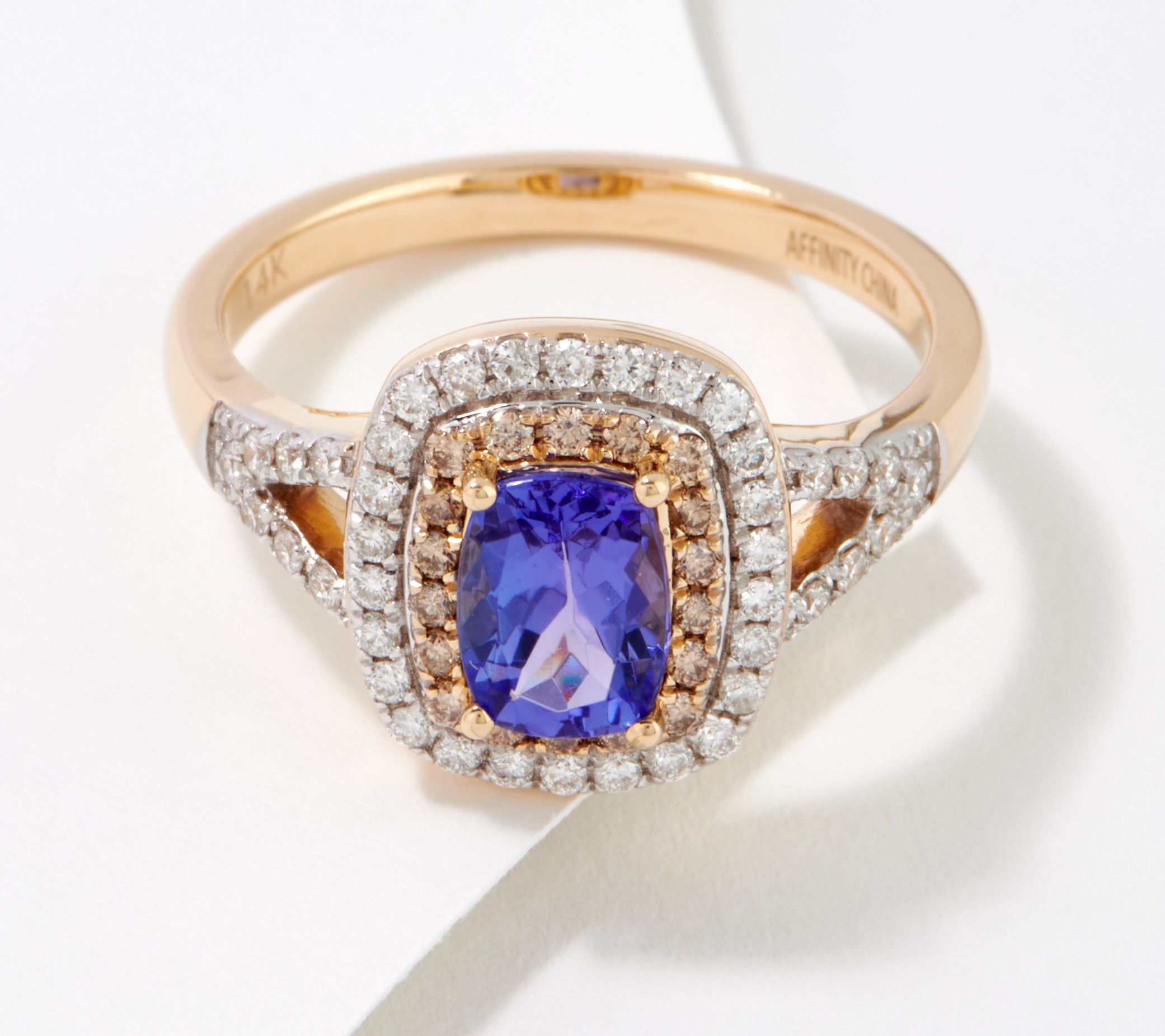
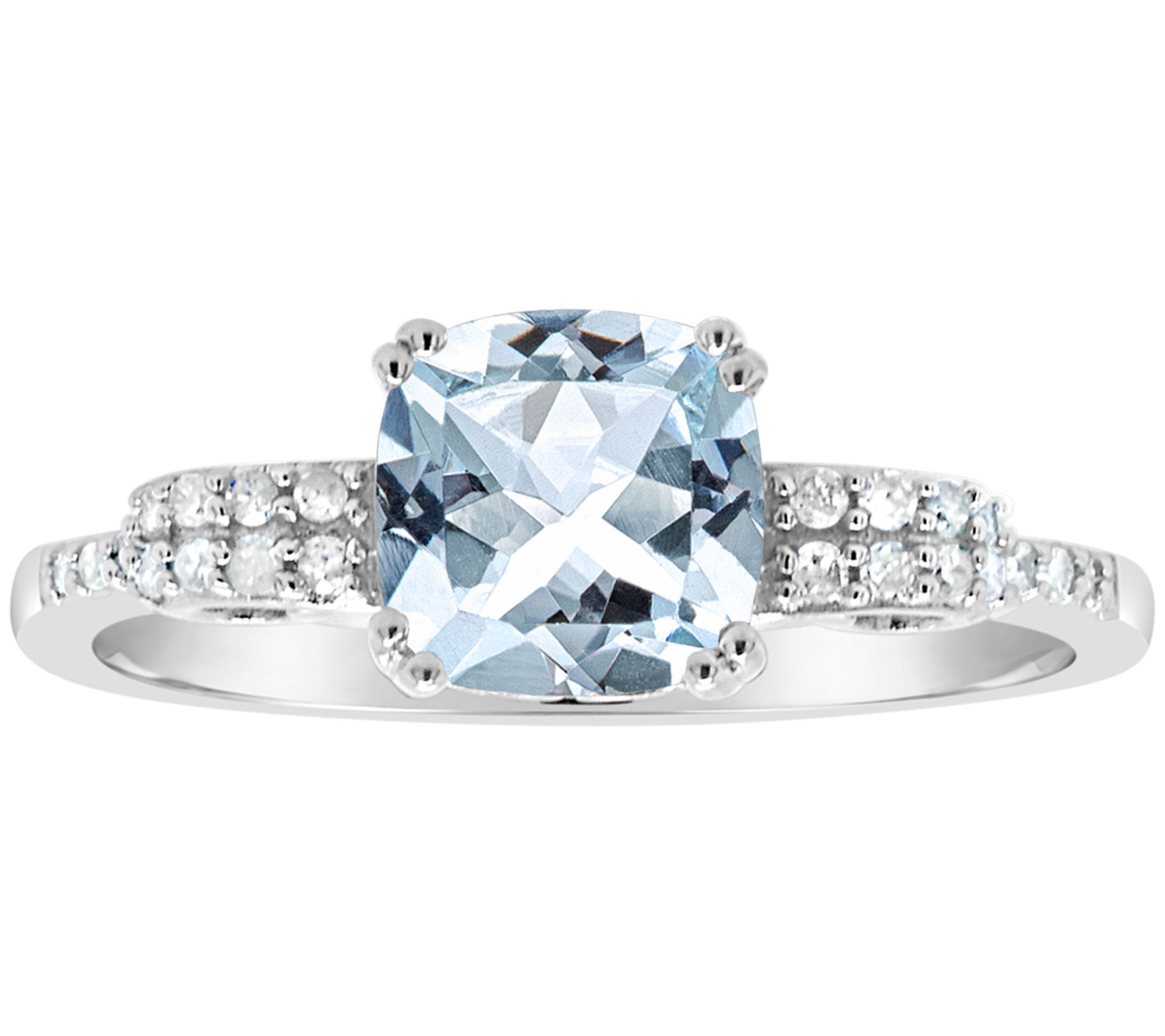
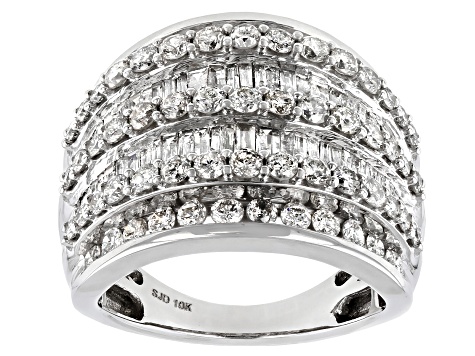
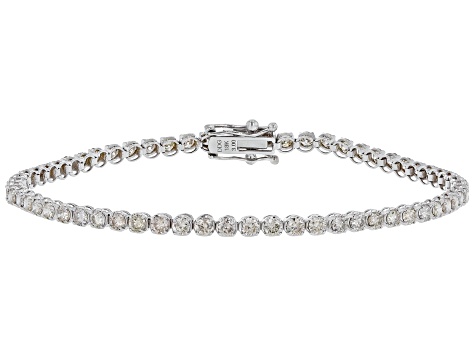
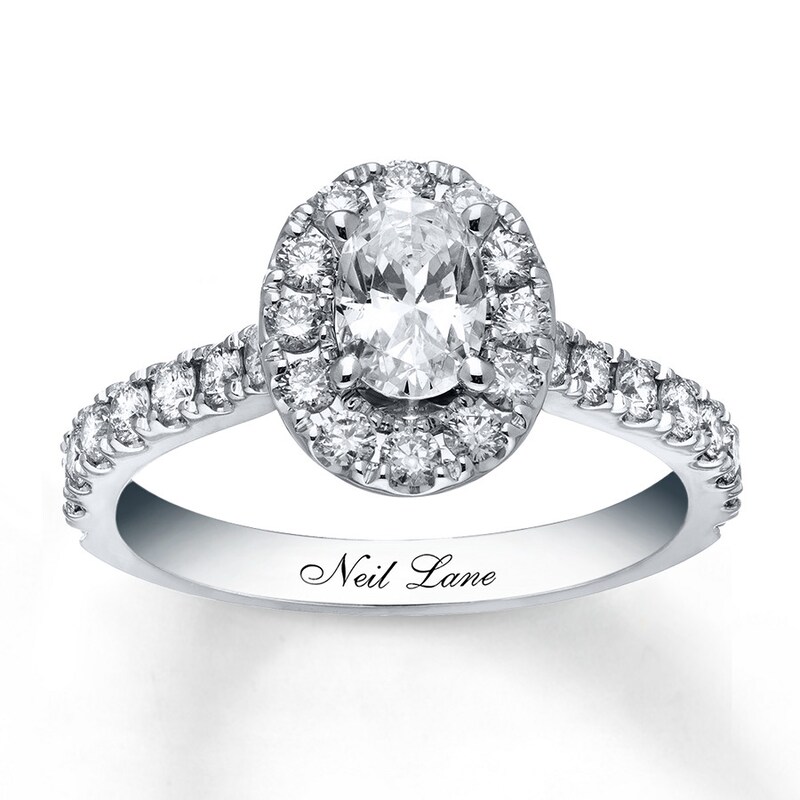
by Mandie
I agree with 2 other reviewers, one who said that the ring was smaller than expected, and one who said that color saturation was less than desired. The ring is pretty; white diamonds are eye clean and the tanzanite is not pale. But as another reviewer stated, a QVC ring bought in the past was far superior with main gem color saturation. Also, under magnification, some of the diamonds are quite cloudy, less than SI quality advertised. I was expecting a far more exciting ring. This one is quite pretty, well designed and well built, but I don’t think the value is there.
by Nascar
I ordered the morganite While waiting for it to arrive I thought maybe I shouldn’t have purchased it. I am watching my budget. Well there is NO way I am sending it back. I love it. Well worth the price. Do not hesitate to purchase this ring.
by Ruthy
I bought the Tanzanite ring.I have 4 pieces of Tanzanite.I love it.This is a beautiful ring the Halo idea was great but it’s much smaller then I thought it would be.I should have taken my ruler out and looked at the exact size.OnTV they make it look much larger.They always do.It’s so small it looks like a ring for a child. I would have paid more to get a larger stone and ring.I know prices are up on all the things they need to make the ring.Maybe if I didn’t have so many larger rings I would be happier. If you are a first timer I guess you can’t beat the price and quality.
by Chick
I love white gold, platinum, or silver. I stopped buying yellow anything decades ago. I was very disappointed that the rings offered only came in yellow gold. Having said that I ordered the tanzanite option. It is one of the most beautiful pieces of jewelry I’ve ever seen. I’m so glad I went against my initial instinct to forego the ring because of the yellow gold. I highly recommend this ring. It is definitely something I can see passing down to my daughter some day. I was so wowed by the ring I ordered the matching pendant and earrings.